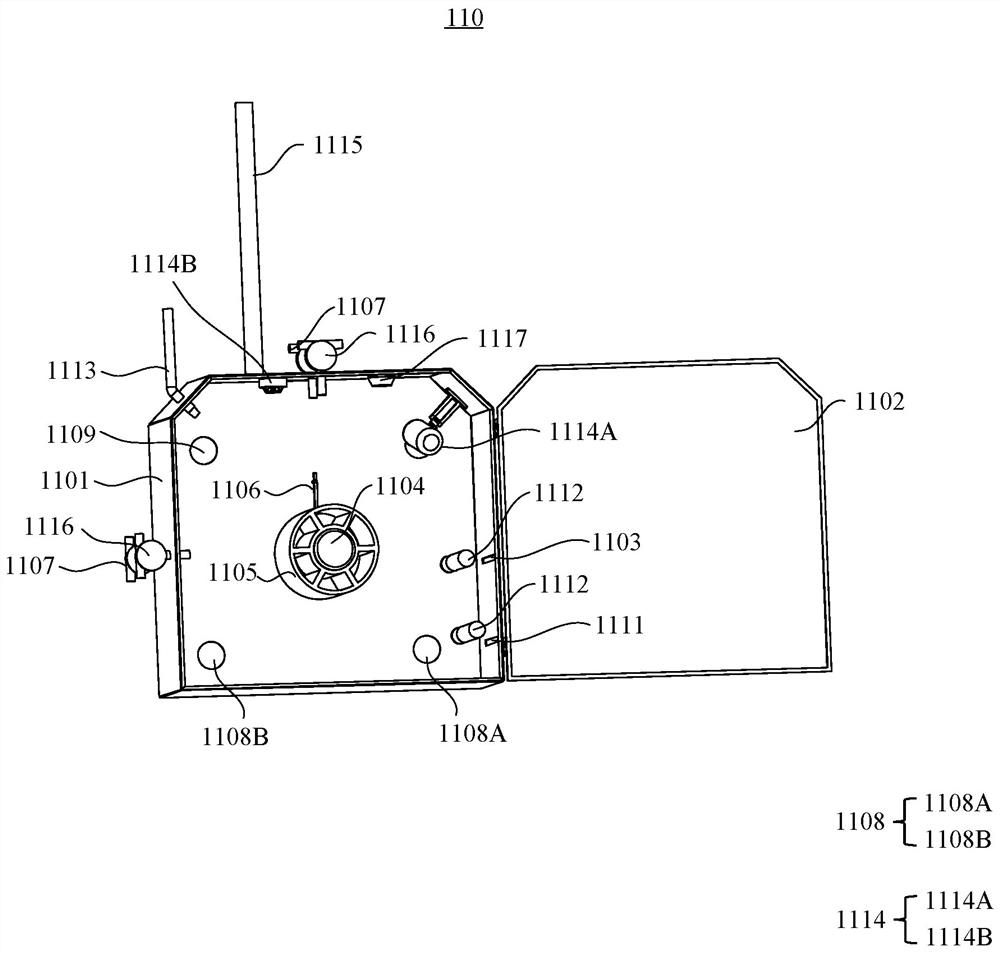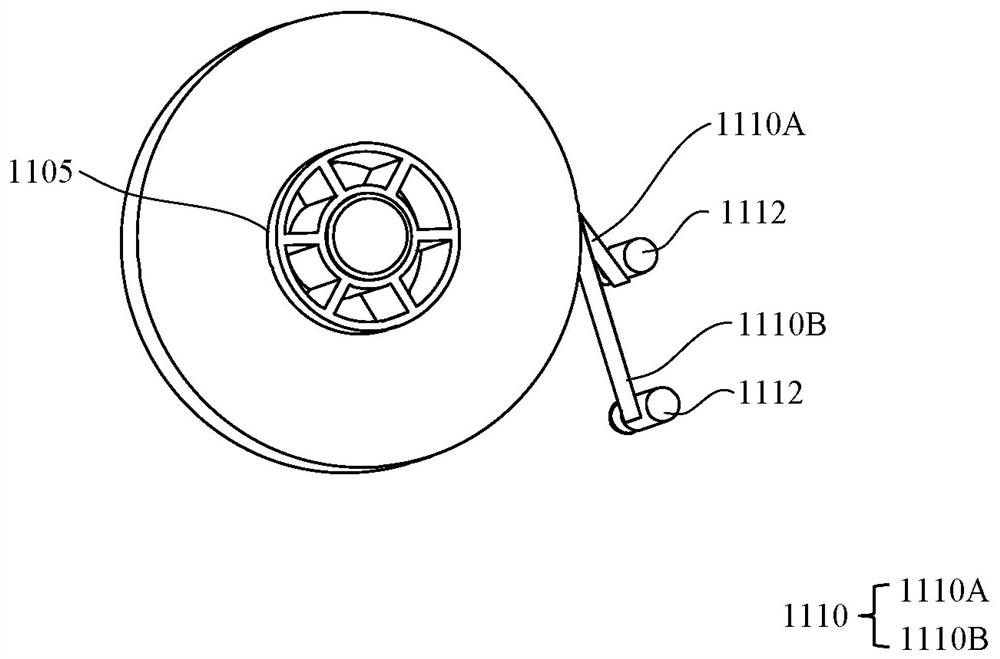Winding and unwinding system, management and control method, control unit and computer storage medium
A technology of winding and unwinding, control, applied in electrode manufacturing, electrical components, final product manufacturing, etc., can solve problems such as quality deterioration
- Summary
- Abstract
- Description
- Claims
- Application Information
AI Technical Summary
Problems solved by technology
Method used
Image
Examples
Embodiment Construction
[0042] The embodiments of the technical solutions of the present application will be described in detail below with reference to the accompanying drawings. The following examples are only used to illustrate the technical solutions of the present application more clearly, and are therefore only used as examples, and cannot be used to limit the protection scope of the present application.
[0043] Unless otherwise defined, all technical and scientific terms used herein have the same meaning as commonly understood by one of ordinary skill in the technical field of this application; the terms used herein are for the purpose of describing specific embodiments only, and are not intended to be Limiting this application; the terms "comprising" and "having" and any variations thereof in the specification and claims of this application and the above description of the drawings are intended to cover non-exclusive inclusion.
[0044] In the description of the embodiments of the present ap...
PUM
 Login to View More
Login to View More Abstract
Description
Claims
Application Information
 Login to View More
Login to View More - R&D
- Intellectual Property
- Life Sciences
- Materials
- Tech Scout
- Unparalleled Data Quality
- Higher Quality Content
- 60% Fewer Hallucinations
Browse by: Latest US Patents, China's latest patents, Technical Efficacy Thesaurus, Application Domain, Technology Topic, Popular Technical Reports.
© 2025 PatSnap. All rights reserved.Legal|Privacy policy|Modern Slavery Act Transparency Statement|Sitemap|About US| Contact US: help@patsnap.com



